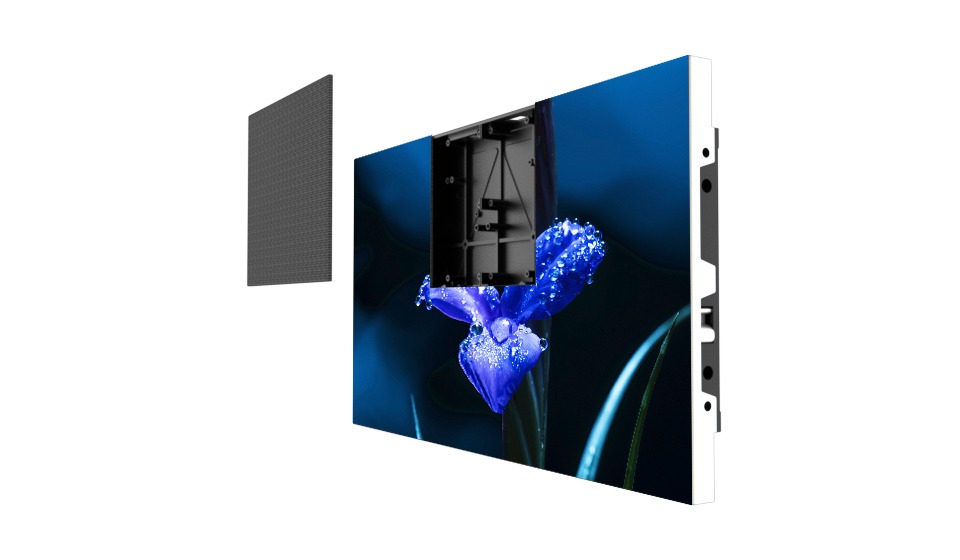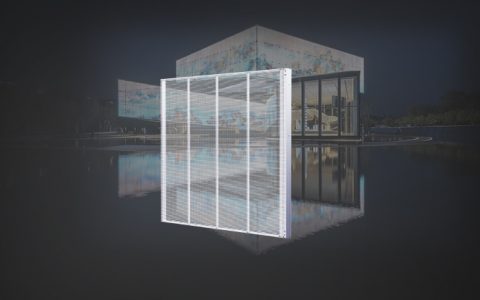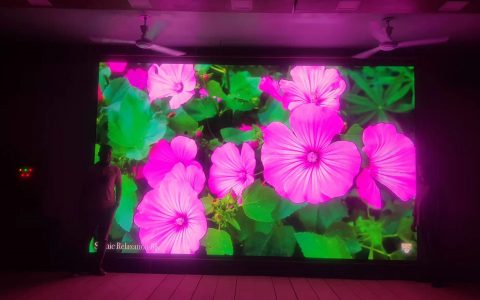Due to the improvement of monitoring technology level and data collection ability, it is very important that whether the LED display terminal can accurately display the collected data on the display wall at this stage, which directly affects the rationality of decision-making of higher departments. To meet the needs of the market, technicians of display terminals have improved the existing technology to make it seamless and high-definition, and soon a seamless jointed HD LED display was born.
Seamless stitching is a special application that requires high projection display. It can fuse multi-screen images together and reduce seamless stitching to minimum of full coincidence. Seamless stitching technology requires not only a very large full-screen ,but also special requirements for the projection of very large screen. The biggest difference between BSV LCD stitching technology and seamless stitching technology is that the gap is small.

At present, there are many defects in the large screen stitching system of LED monitors in our country. For example, LCD splicing system, the gap is too large to meet the needs of users; The large screen splicing system with plasma and back projection has more advantages than LCD splicing technology, but there are still many splitting lines for its visual effect. Even when LCD, DLP and PDP are used in engineering, the gap can only be reduced, not completely disappeared. And the seamless LED stitching technology can completely solve the screen split problem and achieve the requirements seamlessly.
Seamless LED stitching technology can improve the resolution of the screen on a smaller area, ensure the texture of the picture, and meet the requirements of users for close viewing. Compared with the existing stitching technology, LED physical seamless stitching can achieve a cross-screen display. As far as seams are concerned, their level does not depend on the size of the seams but on their existence.
The seamless LED technology can effectively deal with the attenuation of different brightness and chroma on the spliced large screen. This technology generally adopts point-by-point brightness and chroma correction technology to ensure the consistency of brightness and chroma. For example, the application of point control technology creates a platform for users to correct chromaticity and brightness point by point and controls the screen pixels to realize the height restoration of the image. The technology has both SMS and e-mail prompt functions, which can enable users to grasp the status information of the splicing wall in time.

The dense display and control platform using seamless LED technology ensures the reliability of monitoring video sources, builds a management platform for users, effectively realizes the management of video signals, computer signals and network signals, and provides better services for users.
Seamless led system design is adopted to realize the redundant backup of power supply and signal, which can reduce the problems in the process of use.
Compared with ordinary displays, LEDs have a longer service life and relatively low maintenance and repair costs.

Provide a greater perspective in engineering and prevent reflection. When shooting the picture, the state is relatively stable. In response to the dynamic picture, the image edge is clear and the dynamic expression is good so that the image information can be restored accurately and truly. Make the video picture delicate and smooth, giving people the greatest visual enjoyment. In addition, it is especially pointed out that the brightness uniformity of LED screens is excellent. Combined with single-point brightness correction, the brightness uniformity of the whole screen is the best.
In short, seamless splicing technology is another major leap in the LED display industry. While comprehensively solving the seamless splicing defects that can not be completed by other displays, it also has the characteristics of energy conservation and environmental protection, dense display and prolonging service life. It is an indispensable technology in the LED display industry.



